Is an American sculptor. Bengston is a well-known artist and sculptor who incorporates mandala geometric shapes and figures into his artwork. Billy Al Bengston is best known for his work that incorporates the radical Californian “Kustom Kar” and motorcycle culture. Billy was born 1934 in Dodge City, Kansas, and divides his time between Venice, California, and Honolulu, Hawaii.
Sculptor and artist Billy Al Bengston was born on June 7, 1934, in Dodge City, Kansas, and currently lives and works in Venice, California, and Honolulu, Hawaii. His work has been exhibited internationally. Mr. Bengston is a contemporary artist who is most well-known for his work that incorporates the radical Californian “Kustom Kar” and motorcycle culture into his pieces of work. He employed colors that were psychedelic and shapes that were mandala-like.
His family moved to Los Angeles in 1948, and Bengston enrolled in Los Angeles City College, where he graduated with honors in 1952. Following that, he attended the California College of Arts and Crafts in Oakland, California, where he studied painting under Richard Diebenkorn and Saburo Hasegawa in 1955, and then went to Los Angeles to study at the Otis Art Institute in 1956.
Career
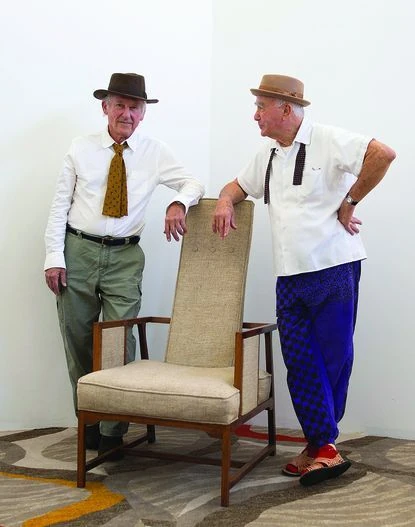
Billy Al Bengston is a boisterous character and a significant member of the Ferus Gallery group in Los Angeles. He is affiliated with West Coast Pop and is best known for spray painting dented sheets of square aluminum with lacquer, a technique he developed in the 1970s.
It was his interest in automobile culture that prompted Judy Chicago, a former student of Bengston’s, to attend auto body school and subsequently employ spray painting techniques.
Bengston began exhibiting at the famed Ferus Gallery in Los Angeles in 1957, which was founded and run by Walter Hopps, Edward Kienholz, and Irving Blum and remained in operation until its closure in 1966.
In California, Billy studied under the direction of Richard Diebenkorn and Saburo Hasegawa at the California College of Arts & Crafts before settling in Los Angeles. Bengston began exhibiting at the prestigious Ferus Gallery in Los Angeles, where he established himself as a member of a group of artists who rejected the stereotype of the artist as a tortured individual, alongside other well-known Californian artists such as John McCracken, Robert Irwin, and Ed Ruscha.
Following his viewing of Jasper Johns’ work at the 1958 Venice Biennale, he decided to use the concept of a set of sergeant’s stripes in his work. Industrial materials and techniques were used to create this recurrent picture, which was inspired by the decorating of motorcycle fuel tanks and surfboards, among other things.

For example, Bengston urged visitors in the early 1960s to identify his art with motorcycle subculture by posing on the cover of the catalog for a 1961 show at Ferus Gallery while straddling a motorcycle. Paintings also depicted motorcycle parts and radiant icons.
A purposeful contrast exists between Bengston’s flamboyant, competitive, violently macho posture and his delicate, modest approach to his art, as highlighted by Thomas E. Crow, who writes about it in his essay. Bengston’s paintings are characterized by the presence of iris flower silhouettes.
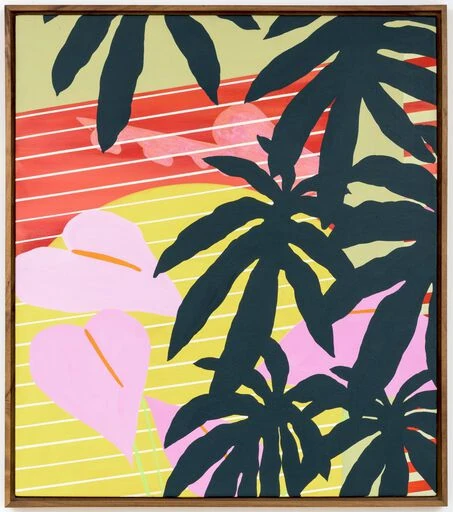
During the 1960s, he frequently painted a single flower in the center of the canvas. In the 1970s, he began to employ several iris silhouettes, which were frequently surrounded by overlapping circles, as in Canopus Dracula (1977), which is now in the collection of the Honolulu Museum of Art in Hawaii.
Billy Al Bengston’s Style
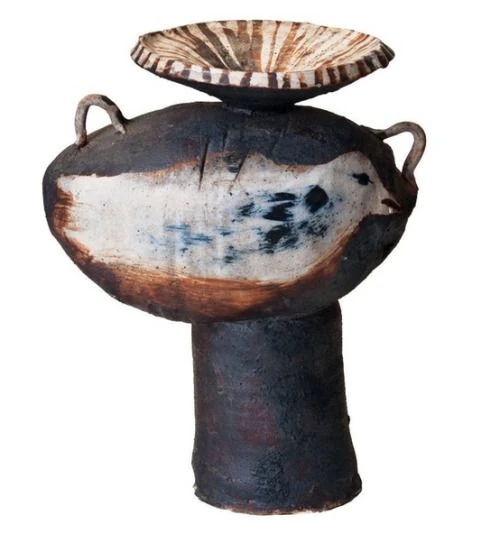
Billy’s psychedelically bright creations, which he creates in both painting and sculpture, are characterized by mandala-like forms with iconography taken from symbols, chevrons, and iris flowers. To create his works, Bengston has frequently used industrial tools from the custom car industry, particularly spray paint and lacquer sprayed onto sheets of aluminum.
His meticulously produced artworks frequently included vehicle and motorbike motifs (late 1950s), such as the chevron symbol put in the center of his works, and many of them included Bengston’s distinctive sergeant’s stripes or abstracted depictions of hearts, among other things.
Museums And Collections
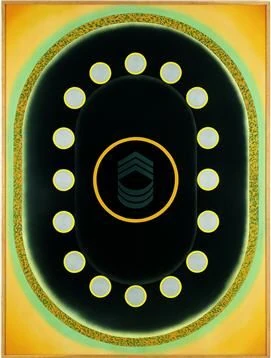
Bengston’s work has been shown (major solo presentations) in significant solo exhibitions at the Los Angeles County Museum of Art, the San Francisco Museum of Modern Art, the Contemporary Arts Museum Houston, Texas, and the Honolulu Museum of Art, among other venues. The New Britain Museum of American Art in Connecticut hosted a significant retrospective of Bengston’s work, titled California Dreaming: Ed Moses, Billy Al Bengston, and Ed Ruscha, which was dedicated to the artist.
Grants from the National Endowment for the Arts (1967), the Tamarind Lithography Workshop (1968, 1982, 1987), and the John Simon Guggenheim Memorial Foundation have all been awarded to him (1975).
In 1958, he had his first solo exhibition at Ferus Gallery in New York.
Bengston replicated this first solo exhibition in 2010 at the Samuel Freeman Gallery in New York City, featuring a scale reproduction of the Ferus Gallery (five solo shows) within the gallery’s space. Bengston’s “moon paintings,” which were first shown at the James Corcoran Gallery in 1990, were recently presented at Various Small Fires, marking the artist’s first public exhibition in nearly three decades.
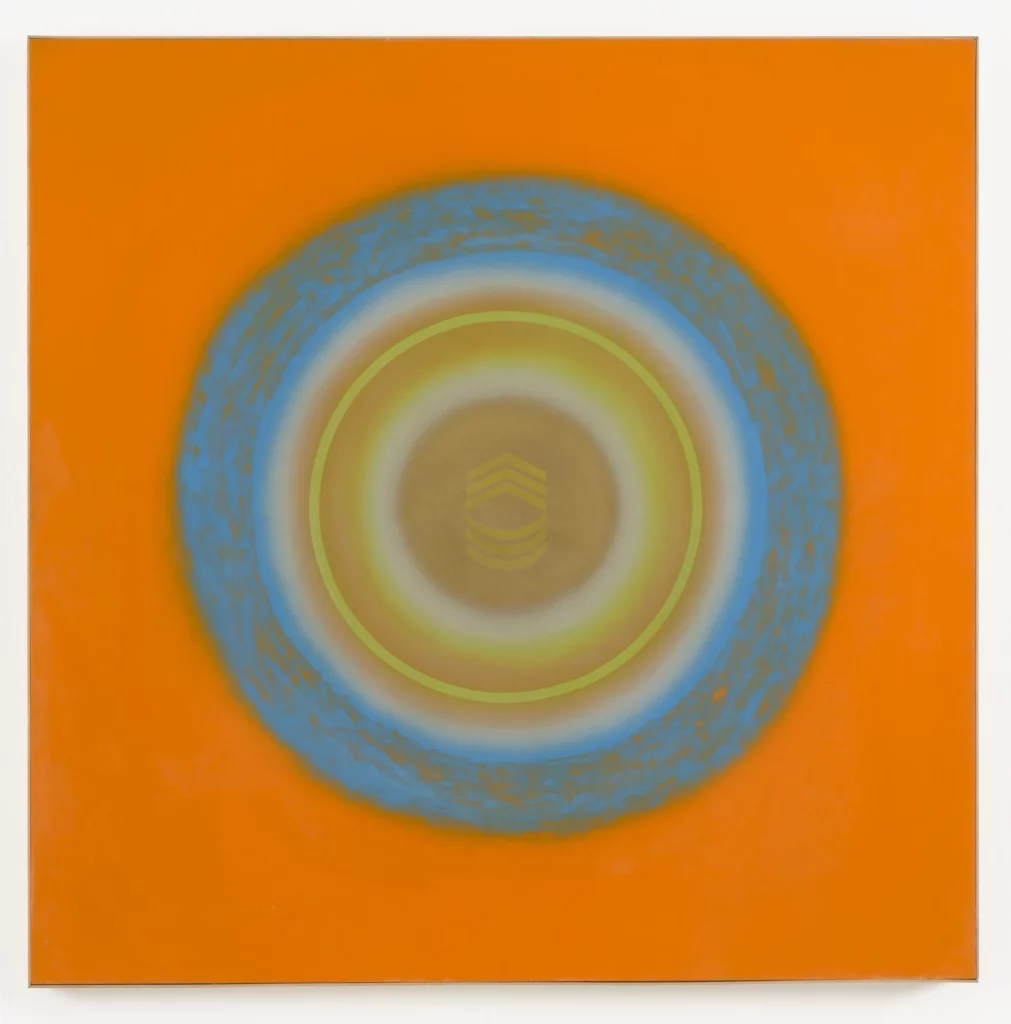
Several permanent collections house Bengston’s work, including the Centre Georges Pompidou in Paris, the Corcoran Gallery of Art in Washington, D.C., the Honolulu Museum of Art in Hawaii, the Pasadena Art Museum, Oakland Museum, San Francisco Museum, the Chicago Art Institute in Illinois, the Los Angeles County Museum of Art LA United States, the Museum of Contemporary Art in Los Angeles, the Philadelphia Museum of Art, the Museum of Modern Art in New York, the Solomon R. Guggenheim Museum in New York, the Whitney Museum of American Art in New York.
Billy Al Bengston is represented in Los Angeles, CA and has had exhibitions/representation in New York, NY with the following galleries: Martha Jackson Gallery (1962), Acquavella Contemporary Art Gallery (1979, 1981, 1983), Renato Danese Gallery (2001), Franklin Parrasch Gallery (2005, 2014, 2016), Andrew Kreps Gallery (2016), and Venus Over Manhattan Gallery (2016). His own gallery on La Clenega Boulevard.
Pop Art – Pop art is an art movement that began in the United Kingdom and the United States in the mid- to late-1950s and has spread around the world. By integrating material from popular and mass culture, such as advertising, comic books, and everyday mass-produced goods, the movement posed a challenge to traditional notions of high art.
Decorative Arts – The decorative arts are arts or crafts whose purpose is the design and creation of products that are both aesthetically pleasing and utilitarian in their function. In the art world it encompasses the majority of the arts that create products for the interiors of buildings, as well as interior design, but does not typically include architecture.
Craig Kauffman – Known as a painter, Craig Kauffman has been exhibiting his work since 1951. Kauffman’s paintings and wall relief sculptures, which are predominantly abstract in nature, are included in over 20 museum collections.
Mary Agnes Donoghue – Mary Agnes Donoghue is a screenwriter and director from the United States. The Buddy System was Donoghue’s first writing credit, which he received after working as a secretary and short story writer in his early professional life. She went on to write the screenplays for the films Beaches and Paradise, the latter of which marked her feature film directing debut.
Peter Voulkos – Peter Voulkos was an artist of Greek heritage who lived in the United States. He is most renowned for his abstract expressionist ceramic sculptures, which he created by bridging the conventional boundary between fine art and ceramic crafts. He was instrumental in establishing the ceramics departments at the Los Angeles County Art Institute and the University of California, Berkeley.
John Altoon – was an artist from the United States. Being the son of Armenian immigrants in Los Angeles, he attended the Otis Art Institute from 1947 to 1949. From 1947 to 1950, he also attended the Art Center College of Design in Los Angeles, and in 1950, the Chouinard Art Institute in Los Angeles.
Larry Bell – is a sculptor and modern artist from the United States. His illusionistic sculptures on a grand scale and his glass boxes are among his most well-known works.
Ken Price – Kenneth Price was an American artist who mostly worked with ceramics, primarily in sculpture. The Chouinard Art Institute and the Otis Art Institute in Los Angeles were among his first stops before earning his BFA from the University of Southern California in 1956.
Images pinterest = Billy Al Bengston





